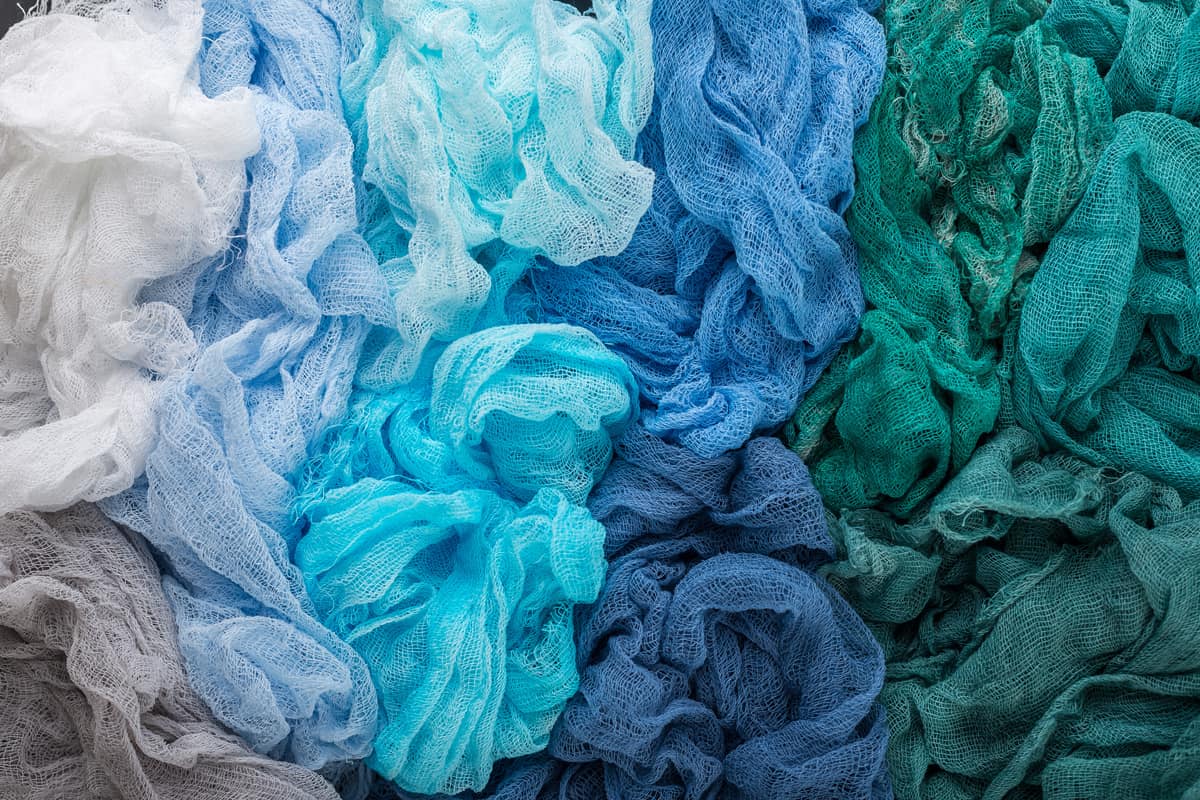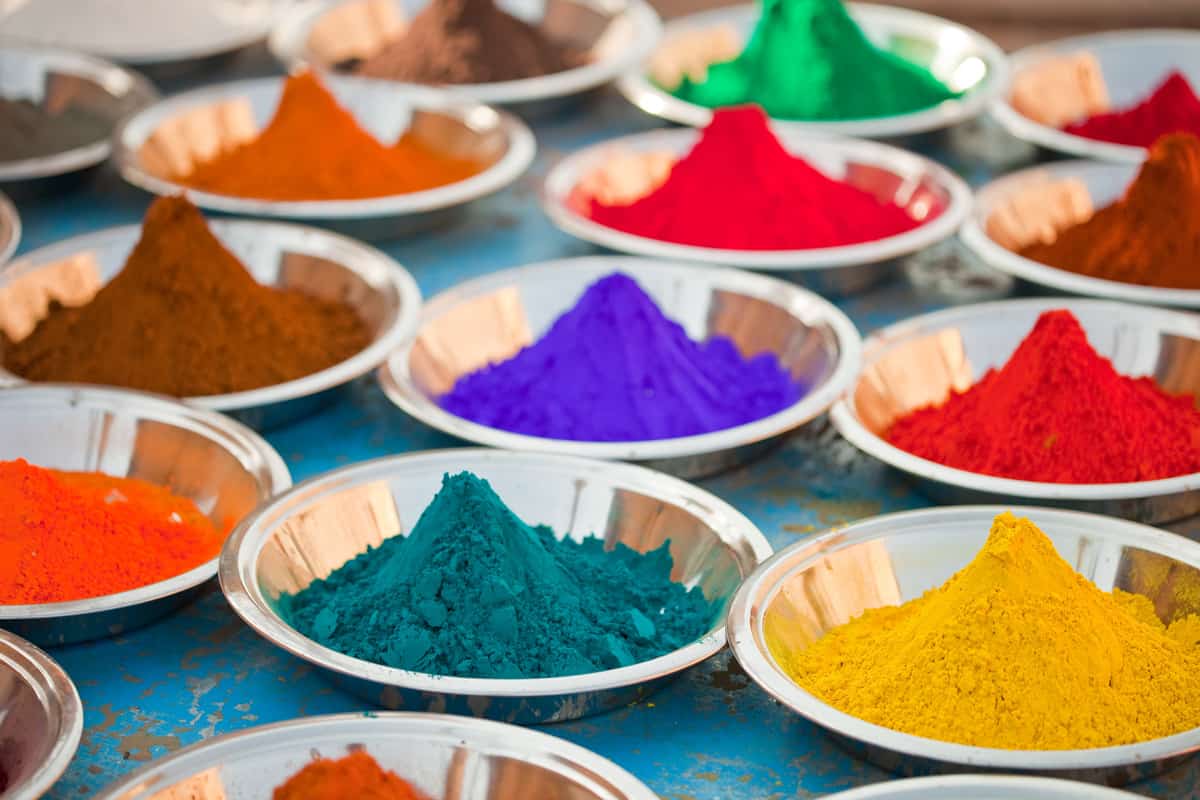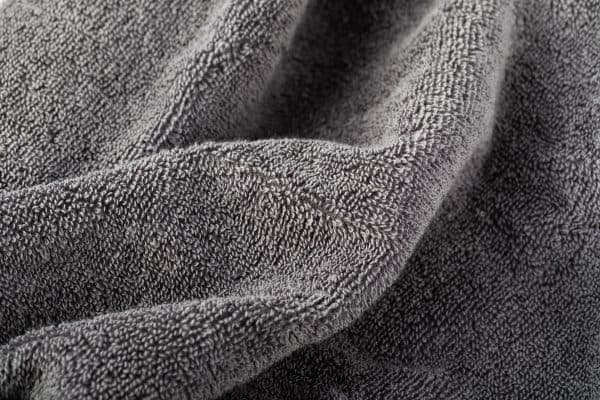If you are here, you must wonder if changing your sheer curtains' color is possible. Or if you can, how should you do it? You will get the answers you need because we have researched this.
You can dye sheer curtains if their material can absorb color and you use a compatible product. Do this by washing and removing the color first. After that, soak the fabric in hot water filled with chemical coloring or any other alternative medium you will use. Wash it clean again with cold water this time and let it dry.
To ensure you achieve a successful outcome, we will thoroughly discuss the procedure in a little while. After that, we will tackle related queries about dyeing your sheer curtain, like what products you can use and much more.
![living area in luxury apartment with a comfy sofa seats by the window, layered curtains, black out and sheer curtains, marble floor with space for household products display., Can Sheer Curtains Be Dyed [And How To]?](https://housepursuits.com/wp-content/uploads/2022/09/58.-Can-Sheer-Curtains-Be-Dyed-And-How-To.jpg)
Dyeing A Sheer Curtain

Figuring out what type of material your sheer curtain is made of is the first step to dyeing. This step ensures that the dye you want will hold on properly to the fabric - different fabrics have varying bonding properties. Consequently, the resulting fabric has different shades of the same color.
Common Materials Used For Sheer Curtain
Check out the list of some common materials used for sheer curtains below.
We have included which type of fabric they fall under to help you recognize the kind of stainer you will need to purchase (Don't worry! We will talk about them in a little while).
- Polyester - Synthetic Fabric
- Muslin - Cotton Fabric
- Voile - Cotton Fabric
- Linen - Natural Fabric
- Silk - Natural Protein Fiber
- Chiffon - Cotton or Synthetic Fabric
If you still do not know the material your sheer curtain is made of, you can ask the store where you purchased the item or the person who bought them.
Since our goal is to make sure that you use a compatible dye, let us discuss the different fabric dye types and the type of fabric you should use them on.
Fabric Dye Types
Typically, you cannot dye synthetic fabrics such as Polyester or Nylon. But there is an exception - you can dye these synthetic fabrics if they are blended with a higher percentage of other kinds, such as cotton.
Natural fabrics such as cotton, silk, and linen are the easiest to stain for a color change. Spot the perfect dye for your sheer curtain's fabric from the options below.
- Disperse Dye - Synthetic fabrics
- Mordant Dye - Silk, Nylon, Acrylic Wool, Polyester, Rayon
- Fiber Reactive Dye - Protein and cellulose fibers
- Natural Dye- Natural fabrics
- Acid Dye - Man-made and protein fabrics
- Basic Dye - Synthetic fabrics
- Azoic Dye - Cotton fabrics
- Sulfur Dye - Cotton, man-made, or natural fibers
- Vat Dye - Cellulosic or cotton fabrics
Check out this Synthetic dye on Amazon.
How To Dye A Sheer Curtain

You now have all the basic information you need to dye your sheer curtains. Now, we will elaborate on the actual procedure for staining a sheer curtain.
1. Cleaning Your Sheer Curtain
If your sheer curtain has dust and dirt stains, you should wash and dry it first. Otherwise, you can proceed to the next step.
2. Removing The Color
Start removing the color of the fabric. You can soak the curtain in water mixed with either bleach or a specially formulated color remover like the one by RIT. But since the RIT color remover is in powder form, you will need to dissolve it in hot water first.
If you are unsure what to use, here is a tip: you can use chlorine bleach to eliminate the color in synthetic fabrics, which RIT may not have enough power to remove. However, chlorine is harsher on the cloth and may leave yellow stains and uneven discoloration.
Check out this color remover on Amazon.
3. Proper Dyeing
Assuming that you bought a dye compatible with the curtain's material, proceed to prepare them for use. Do not forget to wear protective eyeglasses and gloves, as the products can cause skin irritations, trigger allergies, and may burn you.
Whether you are using a liquid or powdered form:
- Ensure that the water is hot enough to activate the dye-bonding reaction. Water at a boiling point transfers the color faster than at a low temperature and intensifies the shade.
- Make sure that the water where you will mix the chemical is not too hot for the fabric if you directly dissolve it in a large basin or bathtub.
For example, Polyester requires a higher temperature (at least 200 degrees Fahrenheit) than natural fabrics such as cotton (140 degrees to 160 degrees Fahrenheit). You can also add salt to the water to act as a mordant to help the color hold on to the fibers better.
For more accurate instructions on how much dye to use and how long you should let the fabric soak, refer to the manufacturer's instructions.
4. Washing The Sheer Curtain
After soaking, remove the sheer curtain from the container or drain the water in the bathtub, then rinse it with cold water. When the rinsing water becomes colorless, you can start washing it in the laundry machine with mild detergent.
Avoid washing the curtain alongside your clothes, as the clothes' color may affect the newly dyed panel's color. Make sure you let the curtain completely dry before hanging it on the window.
Curious if the curtain's size gets smaller every time you wash it? Read this to find out: Do Curtains Shrink When Washed?
Can You Dye Sheer Curtains With Tea?

You can dye a light-colored sheer curtain with tea. However, this dyeing alternative may only be successful with natural fabrics such as cotton, silk, linen, or wool. Because of their Tannin component, these types of cloth can achieve a brown palette.
Which Is Better, Liquid Or Powder Dye?

Liquid and powder dye both gives the same color and performance. The only factor you will consider to determine which is better is weighing the amount you will pay for each.
While the liquid dye is more expensive, you might only need a small amount since it is pre-mixed and concentrated. So you can use it for more DIY projects.
On the contrary, you use more of the much cheaper powder dye to achieve the same concentration as the liquid one.
In Summary
You can dye sheer curtains as long as you use a suitable dye for the type of material you have. Do this by washing the panel first, removing the color, preparing the dye solution with hot water, and putting your curtain in the solution.
The final steps involve rinsing the curtain with cold water, then washing it using a mild detergent.
Are you worrying if your curtains outside will fade? Read this article: "How To Keep Outdoor Curtains From Fading," to prevent that from happening.





![Blank white closed shower curtain mock up, front view,. Empty toilet apartment with bath curtain mockup. Screen blind slip in indoor furniture template. - Do Shower Curtains Come In Different Lengths [And What Is Right For You]](https://housepursuits.com/wp-content/uploads/2022/10/BLANK-1-600x400.jpg)